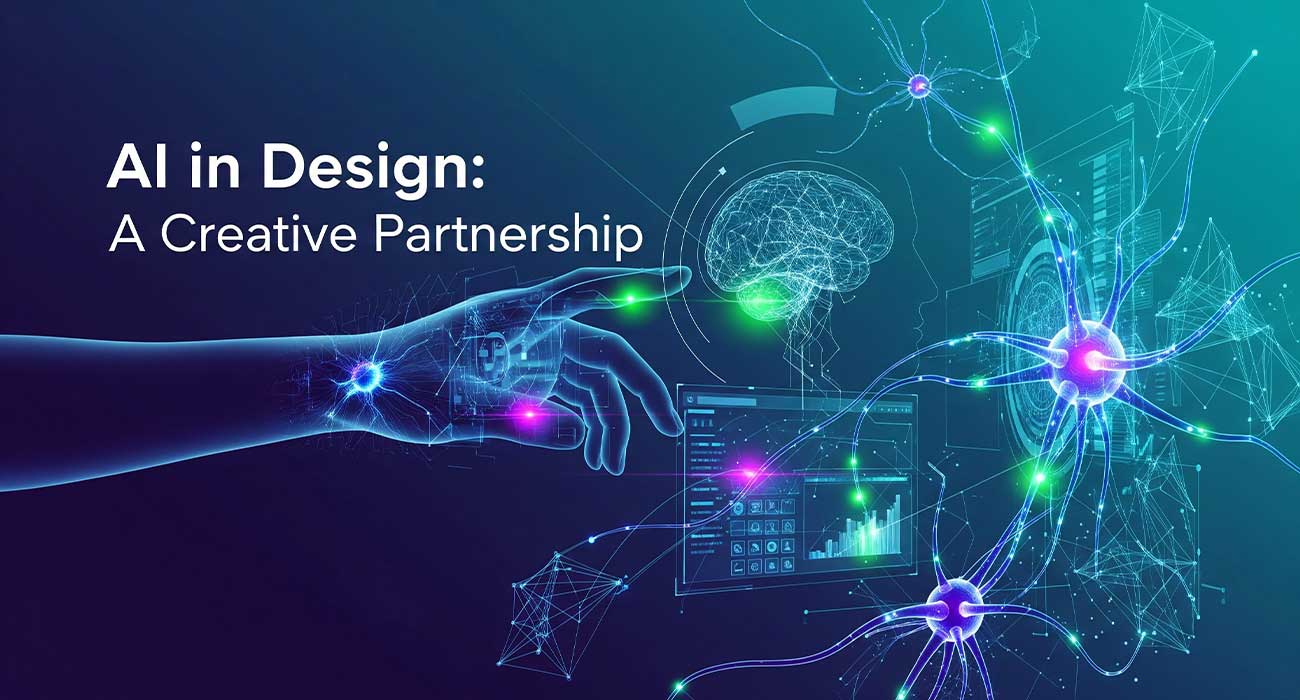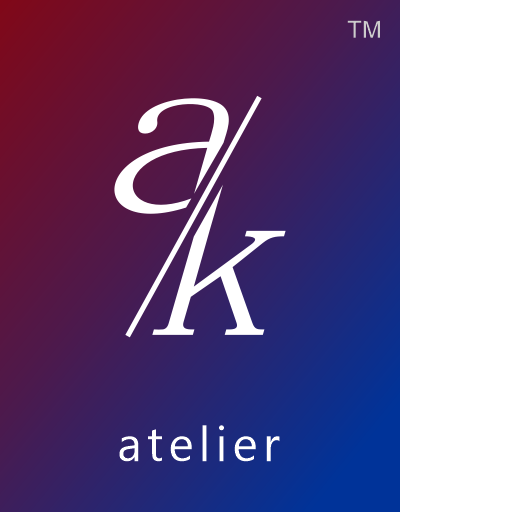
AI in Design: A Creative Partnership
The world of design is entering a new age—one powered not just by imagination, but by algorithms. Artificial Intelligence (AI), long the domain of engineering, finance, and logistics, is now reshaping creative disciplines. But let’s be clear: AI is not here to replace human designers. It is here to enhance them.
At Air/Kraft Atelier, we view AI not as a machine that takes over creativity, but as a collaborator that amplifies it. It frees designers from repetition, augments decision-making with data, and opens entirely new creative frontiers. For master designers, R&D professionals, and forward-looking studios, AI is no longer an experiment—it’s becoming an essential part of the toolkit.
The Designer–AI Relationship: Co-Creation, Not Competition
The myth that AI will eliminate design jobs is rooted in a misunderstanding of what design truly is. Design is not merely the act of arranging pixels or drafting blueprints. It is empathy, strategy, context, and storytelling. These human qualities cannot be hard-coded.
Instead, AI plays a supporting role in:
- Automating repetitive design tasks
- Enhancing speed-to-market
- Generating design variations at scale
- Offering insights from data no human could manually process
The designer becomes the director; AI, the ensemble of skilled assistants executing with precision.
How AI Is Transforming Design Workflows
AI is already influencing every stage of the design lifecycle across multiple disciplines. Below are key domains where this partnership is flourishing:
1. Generative Design
AI algorithms like Autodesk’s Dreamcatcher or NVIDIA Omniverse can create thousands of design permutations based on a set of user-defined constraints and goals.
Use cases:
- Industrial design (lightweight yet strong structural forms)
- Architecture (energy-efficient spatial layouts)
- UI/UX design (adaptive layouts, data-driven variants)
Outcome: Human designers set the goals; AI finds optimized design paths the human eye might overlook.
2. Personalized Experiences
AI can analyze behavioral data to deliver tailored user experiences. Think Spotify’s personalized playlists or Netflix’s recommendation engine—but applied to interface layouts, product colors, or web content.
- Dynamic UI adjustments based on user history
- Hyper-personalized marketing creatives
- Real-time design content swaps based on user behavior
Outcome: One design system can serve millions of people uniquely.
3. Automated Prototyping & Ideation
AI-powered tools such as Uizard, Figma AI, and Framer AI can now generate interface designs from simple sketches, text prompts, or even voice commands.
- Convert a napkin sketch to a clickable prototype in minutes
- Use NLP (natural language processing) to describe a layout
- Auto-generate alternate screen variations
Outcome: Early-stage ideation accelerates by 10x, freeing time for refinement.
4. Trend & Sentiment Analysis
AI can comb through massive data sources—social media, news, design repositories, user reviews—to detect visual trends, color shifts, typography preferences, and cultural shifts.
- Predictive insight into emerging design language
- A/B test feedback loop optimization
- Cultural sensitivity scanning for global product launches
Outcome: Designers become proactive trendsetters rather than reactive followers.
5. Content Generation
AI tools like DALL•E, Midjourney, RunwayML, and ChatGPT can assist in:
- Creating imagery from prompts
- Writing UX microcopy or marketing content
- Generating voiceover scripts and subtitle localization
- Composing video sequences with design-consistent styles
Outcome: A unified creative pipeline with reduced dependency on multiple external vendors.
The Role of Designers in the Age of AI
Designers are not becoming obsolete—they’re evolving. The new role requires:
- Strategic thinking: Framing the problem AI helps solve
- Curation: Choosing the best from thousands of AI-generated options
- Empathy: Maintaining human connection, cultural awareness, and emotional resonance
- Prompt literacy: Knowing how to communicate effectively with AI tools
AI democratizes certain skills but elevates the value of vision and taste.
Real-World Examples of AI-Enhanced Design
- Airbnb used AI to translate hand-drawn wireframes into code instantly, speeding up prototyping.
- Nike uses AI-generated designs for custom sneakers that users can personalize further.
- Canva uses Magic Design AI to suggest layout improvements, font pairings, and even full templates.
- IBM Watson collaborates with creative teams on branding and campaign messaging by analyzing consumer data.
The thread across all these examples? Human ingenuity + machine intelligence = exponential creativity.
At Air/Kraft Atelier: Our Approach to AI Integration
At Air/Kraft Atelier, we are not chasing tech for tech’s sake. We adopt AI tools that align with our core design values: clarity, empathy, innovation, and resonance.
Our AI-assisted design workflow includes:
- Rapid exploration: Using Midjourney and Uizard for fast visual iterations
- Data-informed personalization: Leveraging user data for adaptive UI design
- Workflow automation: Integrating ChatGPT and Framer AI to reduce manual bottlenecks
- Concept validation: Using predictive A/B testing before full-scale development
We empower our designers to spend less time on production mechanics and more on human insight, storytelling, and brand differentiation.
Challenges and Ethical Considerations
Of course, with great power comes great complexity. Design teams must be aware of:
- Bias in datasets: AI is only as unbiased as the data it learns from
- Intellectual property: Who owns AI-generated designs?
- De-skilling: Over-reliance on AI could dilute core craftsmanship
- Over-automation: Just because AI can do something doesn’t mean it should
At Air/Kraft Atelier, we navigate these issues with a thoughtful balance of innovation and integrity.
The Future: AI as Creative Muse
Looking ahead, we envision AI becoming even more:
- Context-aware: Understanding emotion, culture, and intent
- Multi-modal: Blending text, audio, video, 3D, and haptics in a single design loop
- Emotionally intelligent: Co-designing mood-based experiences based on user states
- Realtime collaborative: AI agents that work alongside humans during live co-design sessions
The creative process will no longer be linear. It will be responsive, dialogic, and co-evolving.
Final Thoughts
AI in design isn’t about automation. It’s about augmentation. It doesn’t replace human creativity—it unlocks it.
At Air/Kraft Atelier, we embrace this partnership as a new design renaissance—where intelligence, both human and artificial, converge to shape more adaptive, inclusive, and inspiring experiences.
Ready to reimagine your creative process? Let Air/Kraft Atelier guide your journey into the age of AI-enhanced design.

